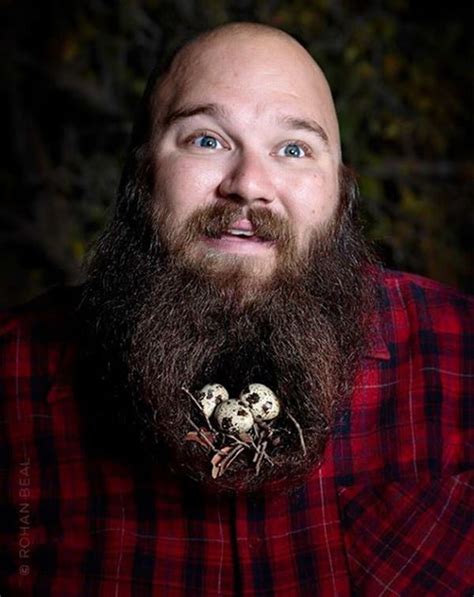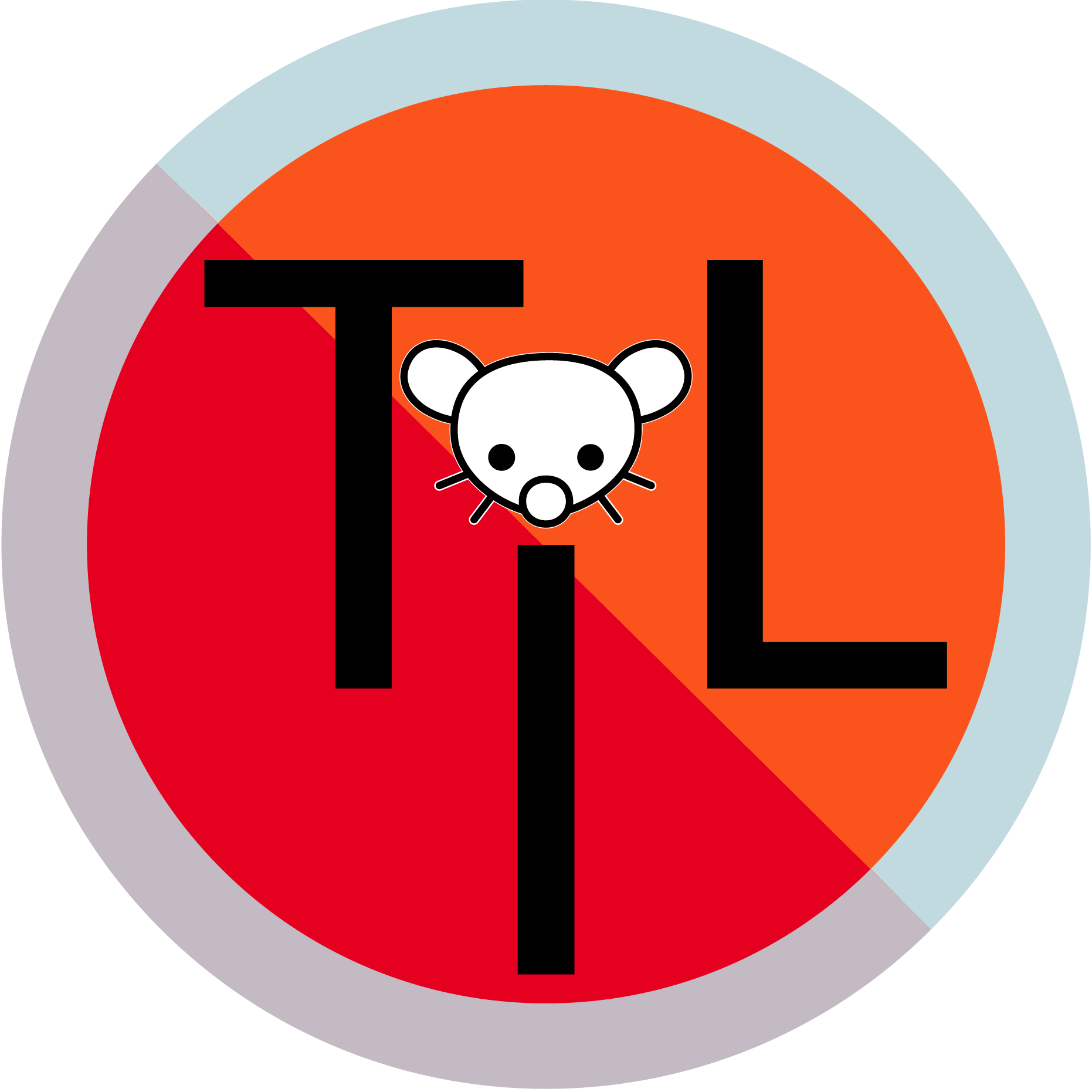

There’s a problem in answering this. We don’t know what the actual cause is, and we don’t know if it’s acne, a reaction to products, ingrown hairs, or just irritated skin that mimics one or multiple of those. So, be aware that you’re going to see responses that may not address the real problem but is still good in general, even if it doesn’t lead to a fix.
So, I used to be a nurse’s assistant. Shaving people is part of that job sometimes. Back in the day, one of my teachers was even the crazy type that pulls the whole “shave a balloon” thing. Which, while entertaining and slightly useful, doesn’t actually teach what it takes to shave a person.
Anyway, shaving is always a skin irritant. It’s a matter of degrees. Most of the time, if you follow the core principles, that irritation is going to be below the threshold where it’s noticeable for more than a few minutes at most.
Number one rule is that sharp razors cause the least irritation, and are less likely to result in nicks. Doesn’t matter what kind of razor you use, it has a limited range of uses before it needs sharpening or replacement. A straight razor, you strop every time you use it. Safety razors and most of the disposable head razors (no matter how many blades) expect to get three shaves at most before you start feeling the difference.
Yeah, that’s less than what most guides will say. That’s because you can definitely get more shaves in before it turns into a problem. But you’ll feel a change before it gets to the point where you’re losing the ability to slice smoothly and it turns into damaged skin. Most safety razors, assuming your facial hair isn’t absurdly thick and dense, expect to change the razor after five or six uses. Some of the multiblade heads can stretch a little more up to maybe ten shaves total, but I’ll be damned if I’m going to shave myself or anyone else with something for that long.
See, sharpness is only the first factor. Cleanliness is another. As you build up soap residue, microscopic cells, etc; the razor not only cuts more poorly, it’s likely growing bacteria for you. There’s ways to prevent that. Make sure the razor is as clean after use as possible, then dry it thoroughly. Some folks recommend rinsing them in something like barbicide, but I tend to see that as causing extra work for diminishing returns, so I don’t recommend it when this comes up.
If your razor is sharp and clean, you’ll minimize irritation as well as minimize and bacterial growth afterwards, which is what pimples are, and why ingrown hairs look like pimples. It’s bacteria that’s gotten part way into the skin and is being walled off and killed. The pus is dead microbes and your own immune cells (basically, this is the quick and dirty version because this is about shaving, not skin infections).
Next, you do your prep. The skin itself is going to respond best, overall, when it has been exfoliated gently, and is both warm and as hydrated as is reasonable. So wash your face first, with warm water. Not cold, that’s going to cause issues.
So, back to prep. You don’t need to scrub, just a warm washcloth gently washing. If you want, use a gentle facial cleanser like cetaphil. But the key is that freshly moisturized skin is less prone to irritation than dry, and it kinda plumps up the skin temporarily, making it less likely to pile up ahead of the razor, which increases irritation and the chance of nicks. There’s a reason you see barbers wrap the face in a hot towel sometimes before a shave.
I forgot to mention it before, but if you’re shaving sporadically, and the hairs are more than stubble, it is usually worth it to trim before shaving. Razors do better with shorter hairs, even straight razors.
From there, you apply your lubricant of choice. Some things are better than others. However, any soap will do in a pinch, and some lotions can as well. Even hair conditioner or shampoo will work okay.
My personal choice is aveeno shave gel. My skin is hyper sensitive to chemicals, and it’s one of the rare ones that doesn’t irritate me just by contact. I don’t shave any more, but it’s what I would use for myself, and when I had a choice for my patients, it was my number one pick.
If you’re feeling frisky though, picking up a shaving brush and using it to apply whatever you decide to use helps a tiny bit. It kinda lifts the hairs and gets the product of choice well lathered. Totally optional though, the difference really is tiny as long as you’re working the shave product onto the face (or other parts) well.
So you’re set up. You’ve got either running water or a basin with enough water to rinse the blade as you go. You’re lathered up, your blade is clean and no more than five or six uses deep.
Technique.
The first tip is to never start with a down stroke. By this, I mean coming into contact with the skin while moving the razor in the direction of the cutting edge (unless you’re using a straight razor, where you can do that). You place the razor against the skin with the head moving away from the direction of the edge. This reduces nicks, and partially lifts the hairs for the down stroke.
You move in small sections, smoothly. No back and forth scrubbing. Go at a steady, slow pace. You want to clear maybe an inch to an inch and a half with each stroke, then gently either restart as already described, or move the razor backwards slightly above the next section.
The key is that you don’t want to shave a given section more than absolutely necessary. Each pass over the same section is going to increase irritation. The reason you limit the size of each patch is that as you move the razor, your elbow, shoulder, and wrist are constantly shifting. Even with an adjustable/swivel head on a razor, this shifts the angle of attack, and where the most pressure is focused. You want the pressure even as possible, so doing smallish patches lets your body “reset” and keep the positioning right
So, that’s how you get started.
As you progress, the razor is going to load up. The shaved hairs and whatever lubricant you’re using will be pushed into the blade housing, or be building up on a straight razor. So you rinse the razor off every three to four strokes with safety or disposable head razors, and every stroke or every other with a straight razor.
The more clogged up razors get, the more likely they are to kinda skip over the hairs and skin. This increases nicks and irritation more significantly than we tend to realize. Thing is, you can’t rinse too much. So if you want to rinse every stroke, feel free. When I still shaved, I usually did it in the shower and rinsed the razor every stroke since running water does it easier and faster.
As you progress, keep an eye out for signs of irritation. If they start showing, reduce the pressure you’re using, and slow down. Let the razor do the work, not your arm.
We now look at hair orientation. You’ll hear about shaving with or against the grain. Hair can grow at an angle. Indeed, if you ever grow a beard, you’ll find that the angle your hair grows in may change according to where it gets “pulled”. The cheeks and neck tend to start out growing straight from the skin when we’re young, but the pressure on the skin as we sleep or move shifts them into angles, with the cheeks usually growing towards the neck, the throat growing variably as it nears the chin.
If you shave with the direction of growth, you minimize irritation, nick risk, and ingrown hairs or “shaving bumps”. But it won’t be as perfectly smooth, every time for every person you absolutely can get baby butt smooth going with the hair (almost universally, though there are exceptions), it just takes patience and control.
Against the hair gets a closer shave faster. And, because it tends to lift the hairs slightly, tugging them out from the skin, you can actually end up with the hair not sticking out at all. But, that’s how you get ingrown hairs. When the end of the hair is beneath the surface of the skin, you up the chances of the hair “burrowing”, and you give bacteria a chance to get beneath the surface as well. So I tend to advise not shaving against the grain at all. Maybe if you’ve got a job that is highly appearance dependent and requires being perfectly clean shaven. But you’ll have to invest in more products to control the inevitable bumps.
Post shave, never, ever use alcohol based aftershave. Yeah, they smell amazing usually. Yeah, it feels painfully good. But alcohol dries out the skin, and dry skin is prone to tiny little crevices and cracks where bacteria love to set up shop. So use good products that are hypoallergenic and designed for facial use. Moisturizers, in other words. You moisturize, the skin stays plumper. It also can serve to shift the way sebum accumulates in pores, which can increase pimples, bumps, acne, and other types of infection on irritated and abraded skin.
I don’t have any current recommendations in that regard. I used to use nivea products designed for shave care, but I’m damned if I can find the exact products beyond that. But that’s the basic thing to look for, shave care products. The big name companies that make acne friendly products are usually going to do a good job with shave care stuff too.
In the case of nicks, a styptic pencil is better than swatches of toilet paper. The TP isn’t really faster, and it has chemicals in it that make it break down when wet. So, not a great choice where you’re bleeding. Styptic pencils can be surprisingly hard to locate on the shelf, but pretty much every drug store carries them somewhere, often on the bottom shelf.
I’m out of character space here, and it’s essentially done anyway, but I’m open to questions if anyone has them :)
@countrypunk@slrpnk.net @spykee@lemm.ee






It really is magical.
I read to my wife sometimes, since she enjoys it and it seems to help her migraines for some reason.
But it doesn’t have to be a partner even.
Back when my body betrayed me and I had to quit working, i was depressed as fuck. My best friend would sometimes just sit and read to me. We got through the entire narnia series eventually. Ngl, it was part of what kept me alive through the early stages of it all
Read to your homies, folks